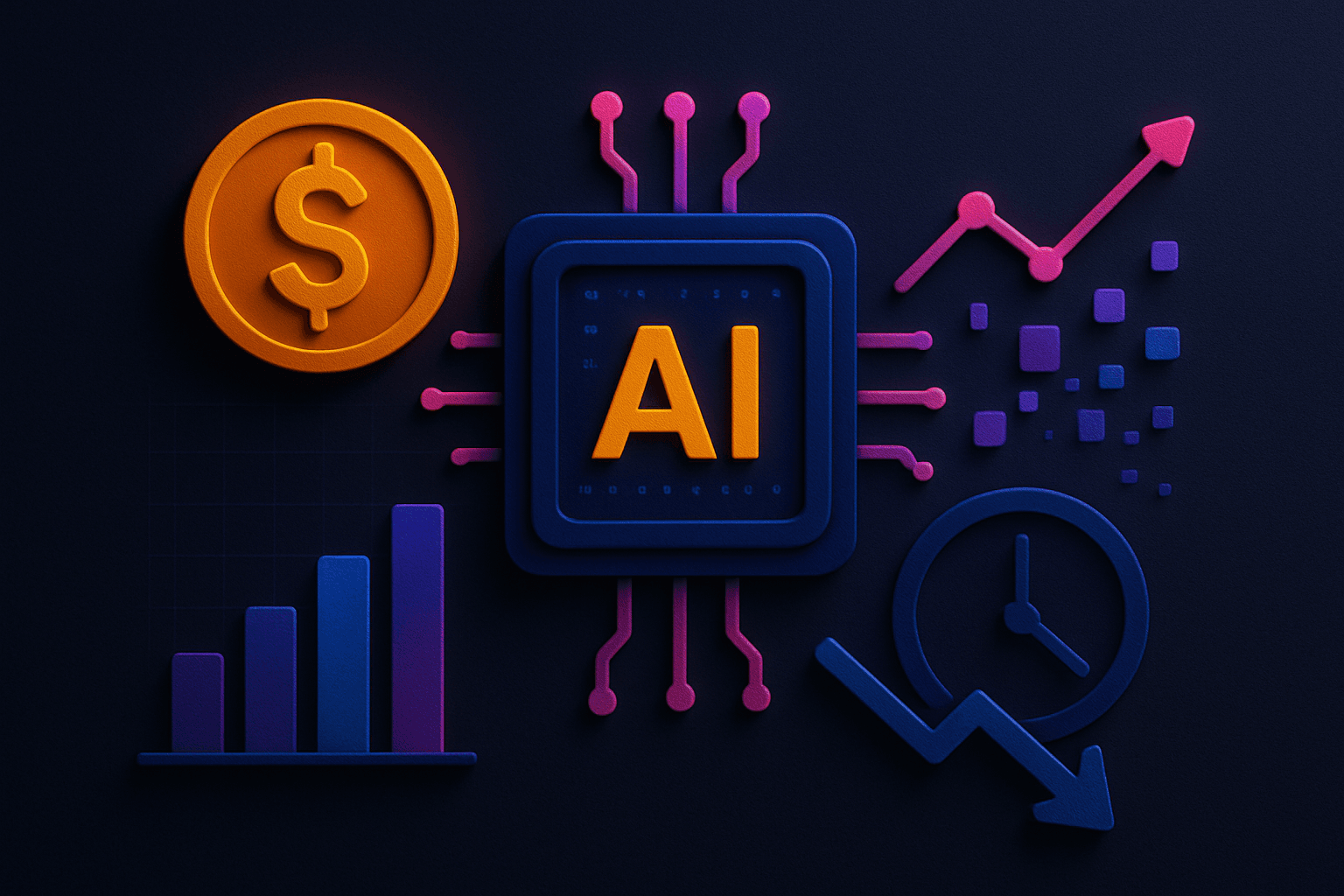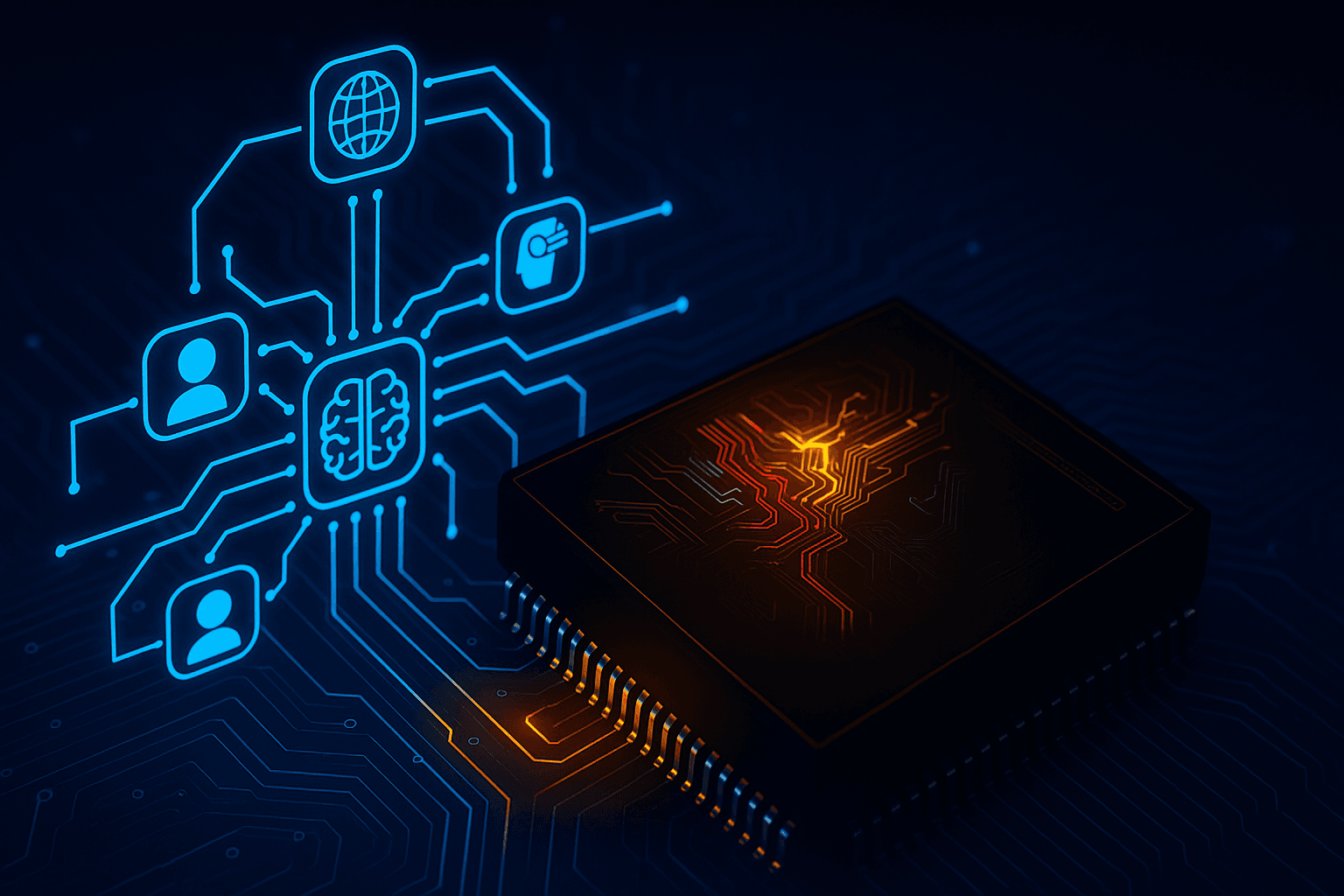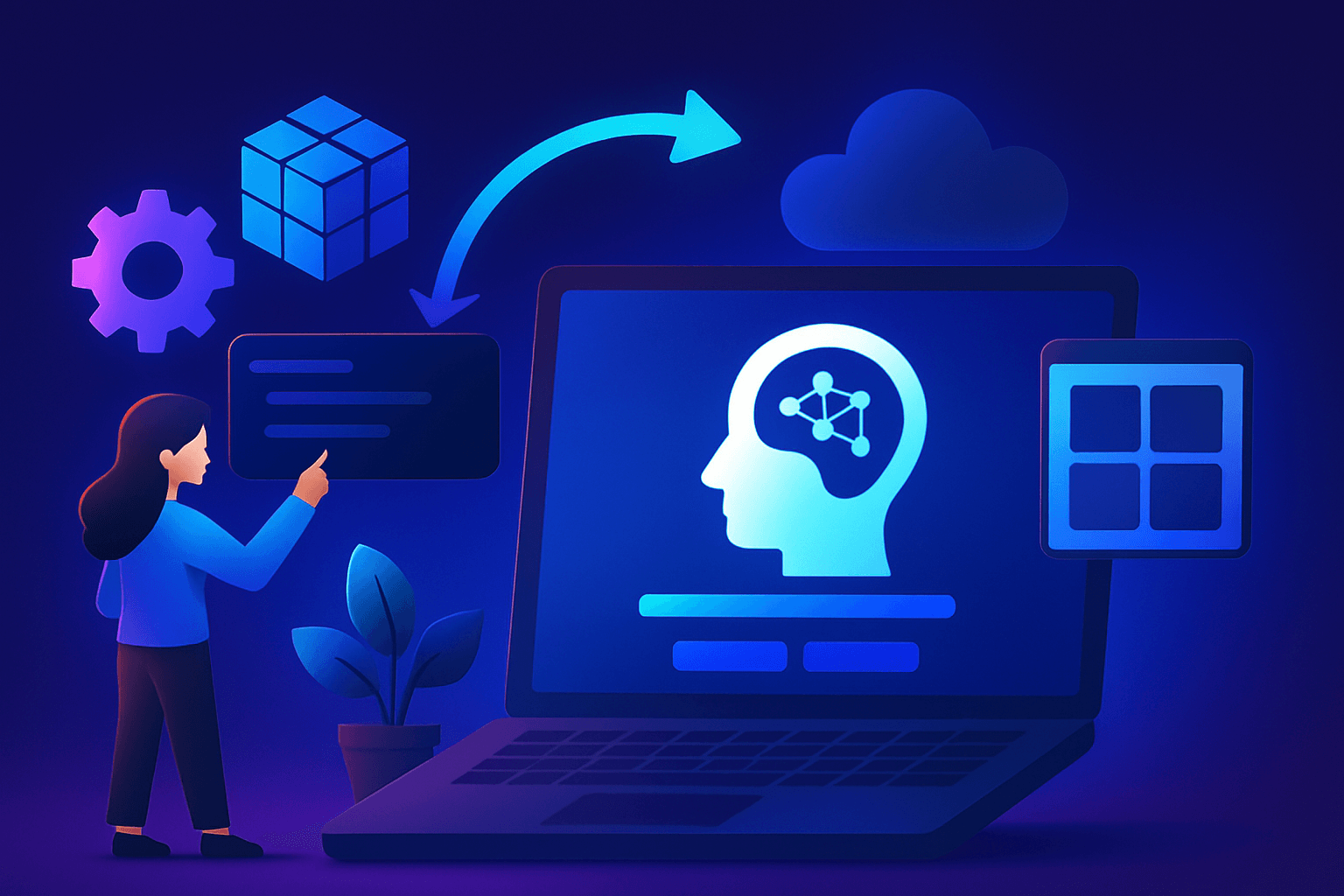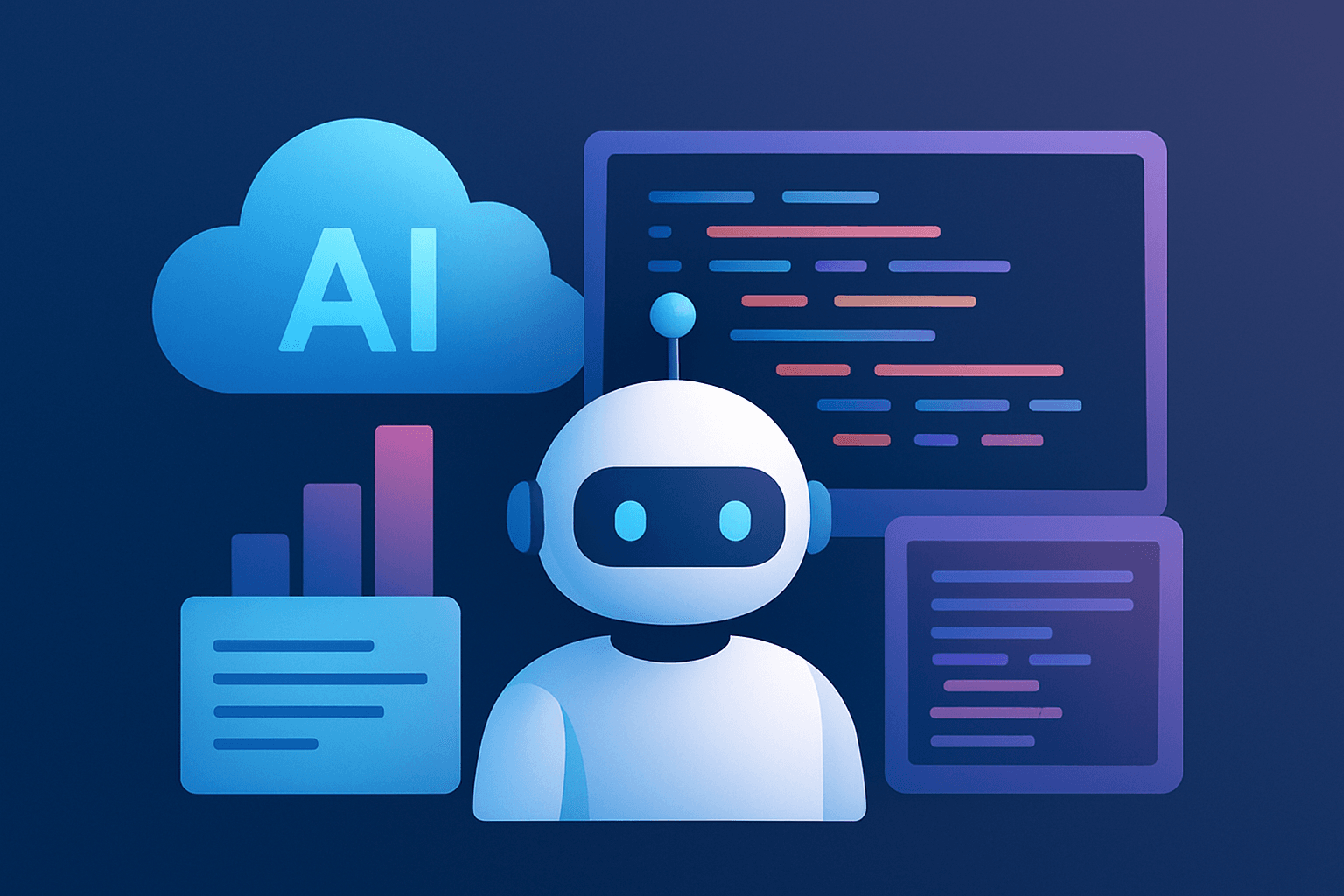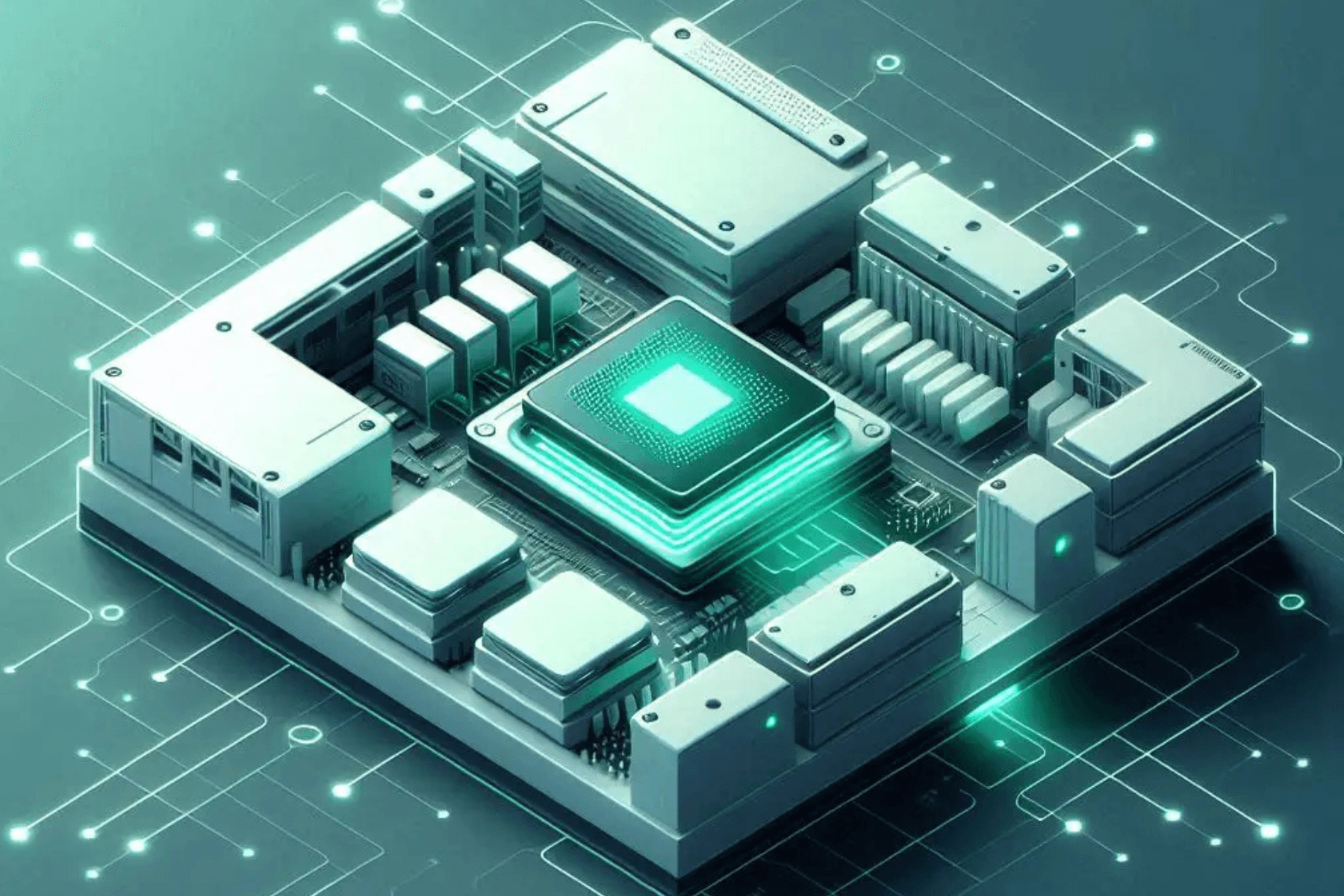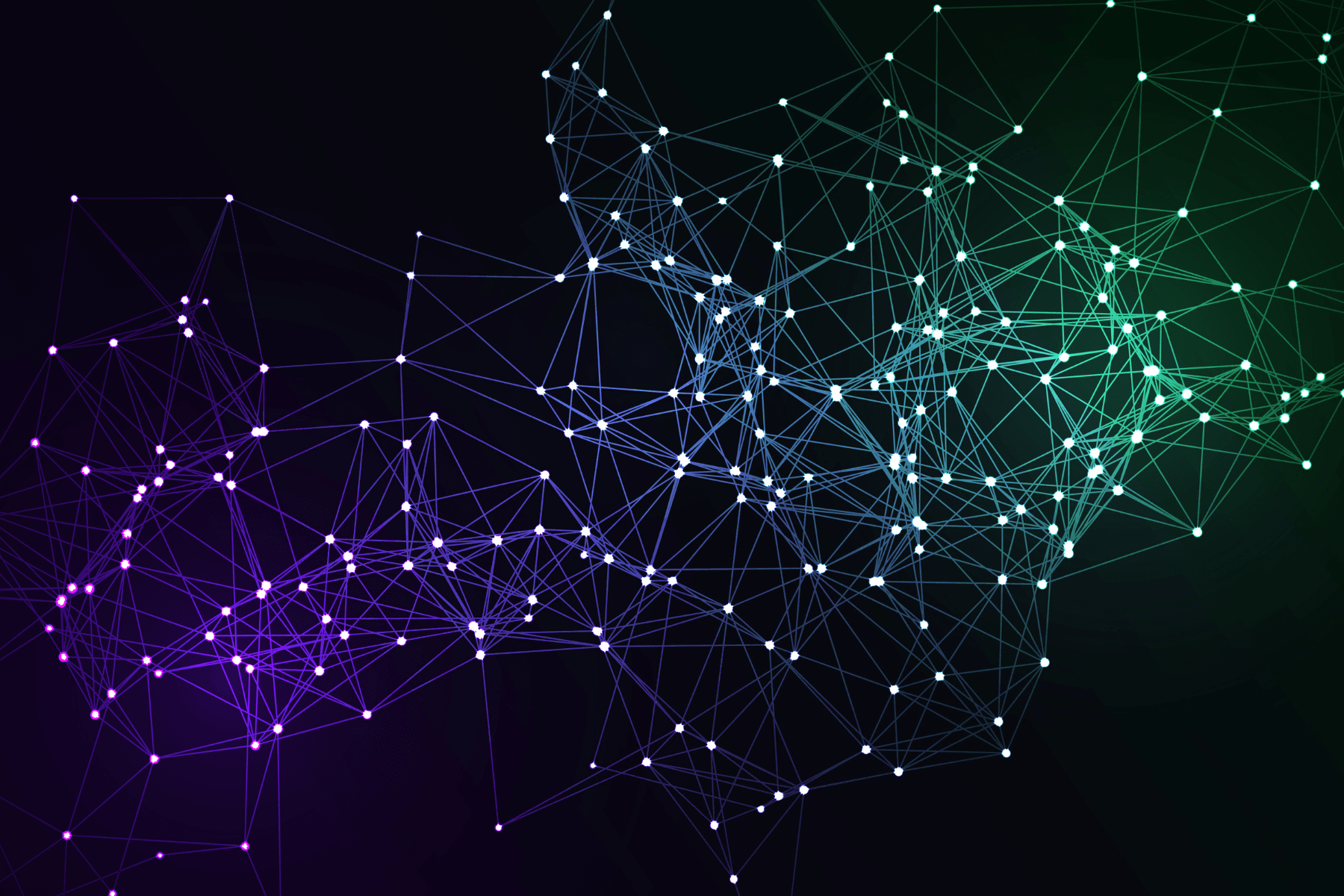A decade ago, relational databases worked best for the kind of data that was being generated. All data was structured, organized and stored in tabular format in relational databases. Unstructured data such as pictures, videos, and audios, generally don’t fit in the relational database model since they cannot be sorted into rows and columns.
This influx of unstructured data presented a challenge, as it defied the rules of traditional databases, making it difficult to efficiently manage, analyze, and utilize. This is a significant concern for businesses worldwide, as the International Data Corporation predicts that the global datasphere will reach 400 zettabytes by 2028, with 80% of that data being unstructured. However, a report by Deloitte states that only 18% of organizations are prepared to face this challenge. This means that the vast majority of companies are unable to utilize the best part of the data in their current possession.
This clearly necessitates databases purpose-built for indexing and searching across massive quantities of unstructured data. The solution to this is a Vector Database.
Why Vector Database for AI?
A vector database sees data as a set of interconnected vectors. These vectors are multidimensional and can add numerous layers on top of each data point resulting in a rich dataset. They are built for handling the unique structure of vector embeddings. Vector databases are built with the purpose of handling the unique structure of vector embeddings. They index vectors to make it easy to search and retrieve by comparing values and finding those that are most similar to each other.
Vector databases have several advantages that can be utilized for AI. Some of these are:
- Efficient Data Retrieval: Vector databases use indexing techniques that allow for fast and efficient data retrieval , making it easier to search and analyze large datasets. This is important for AI applications, which often requires processing huge amounts of data to identify patterns and make predictions.
- High-Dimensional Data Analysis: Many AI applications deal with high-dimensional data, such as images or text, which can be difficult to analyze using traditional database structures. Vector databases use advanced mathematical techniques to represent and analyze high-dimensional data, enabling more accuracy and efficiency in the process.
- Machine Learning Integration: Vector databases are designed to work seamlessly with machine learning algorithms, which can be used to analyze the data stored in the database. This integration allows for more sophisticated and accurate predictions, as well as real-time data processing.
- Scalability: Vector databases are highly scalable, meaning they can handle large amounts of data and user requests without decelerating or crashing. This is essential for AI applications that require processing vast amounts of data in real-time.
- Flexibility: Vector databases can be used for a wide range of AI applications, including natural language processing, computer vision, and recommendation systems. Their flexibility makes them a versatile tool for AI enthusiasts.
Top 7 Vector Database for AI
- QDrant
Github: https://github.com/qdrant/qdrant
QDrant is an open-source vector database that provides fast and scalable storage and retrieval of high-dimensional data. It uses advanced indexing techniques to enable efficient search and retrieval of data, including Approximate Nearest Neighbors (ANN) and product quantization. QDrant supports both CPU and GPU-based computing, making it highly flexible and adaptable to different hardware configurations. It is also highly scalable, is able to handle large-scale data and high user concurrency. QDrant is free and open-source, with enterprise support plans available for businesses with progressive needs. One unique feature of QDrant is its ability to store and search geospatial data, making it a good choice for location-based applications.
- Pinecone
Github: https://github.com/pinecone-io
Pinecone is a fully managed vector database that specializes in enabling semantic search capabilities to production applications. Its features offer filtering, vector search libraries, and distributed infrastructure for speed and reliability. It also offers features such as ranking, classification, record matching, detection, and deduplication. It has a fast setup process and only requires minimal coding.It is an open-source database and comes with three tiers of pricing. The free version is available when you want to get started but you will have to upgrade to the standard version if you want additional support, scaling, and optimization. The third tier has custom pricing and extra features that can be availed, such as environment support and multiple availability zones.
- Weaviate
Github: https://github.com/weaviate/weaviate
Weaviate is an open-source vector database. It allows you to store data objects and vectors from any ML-model, and scale seamlessly into several data objects. It also lets you combine several search techniques, such as vector search and keyword search to provide the best experience. It offers assistance for important use cases, such as combined vector and scalar search, question-answer extraction, model customization, and classification. It can also carry out structured filtering on vectors and is accessible through a host of language clients. It has optimized storage which saves space for processing queries, resulting in high-speed searchability. Weaviate has custom pricing based on the user’s requirements and their team can provide a direct quote.
- Milvus
Github: https://github.com/milvus-io/milvus
The Milvus vector database is an open-source solution designed to facilitate scalable similarity search. Its highly scalable and lightning-fast performance enables efficient storage, indexing, and management of large volumes of embedding vectors produced by deep neural networks and other machine learning models. By leveraging Milvus, you can rapidly develop a large-scale similarity search service in under a minute.
The Milvus vector database has proven its mettle through testing by more than a thousand enterprise users across diverse use cases. It supports automated horizontal scaling and incorporates acceleration techniques for swift retrieval of vector data. Additionally, Milvus offers the perks of user-friendliness and cost-effectiveness. The impressive client base of Milvus includes well-known brands such as Moj and Dailyhunt. It’s easy to get acquainted with Milvus through its refined and visually appealing guides which are being constantly improved due to its large open-source community. Milvus is available for free, and any associated expenses are limited to peripheral resources only.
- Vald
Github: https://github.com/vdaas/vald
Vald is a highly scalable distributed fast approximate nearest neighbor dense vector search engine. It has been designed and developed to meet many requirements, such as stability, disaster recovery capabilities, and performance requirements. Vald is designed with fault-tolerance in mind, using a distributed architecture and replication to ensure data availability and durability. It also includes features like data versioning, automatic backup, and data compression to optimize storage and performance. Vald has automatic vector indexing and index backup, and horizontal scaling which makes searching from billions of feature vector data. Vald is easy to use, feature-rich and highly customizable as needed. Vald is also open-source and free to use. It can be deployed on a Kubernetes cluster and the only cost incurred is that of the infrastructure.
- Vespa
Github: https://github.com/vespa-engine/vespa
Vespa is an open-source vector database and search engine which supports vector search, lexical search, and search in structured data. It empowers you to create production ready search applications at any scale and with a combination of features. It is designed for search and recommendations, and can handle large-scale, real-time data serving with high availability and low latency. Vespa DB uses a flexible data model based on "document types", which can store a variety of structured and unstructured data types, including text, images, and vectors. This makes it easy to model complex data structures and relationships. Vespa DB provides a powerful ranking framework that allows you to customize how search results are ranked and relevance is calculated. This makes it easy to fine-tune search results to meet your specific requirements.
Since it is open-source software, it is free to use, modify, and distribute. This means you can install Vespa on your own servers or use it in a cloud environment such as E2E Cloud without paying a licensing fee.
- Chroma
Github: https://github.com/chroma-core/chroma
Chroma is an open-source vector database designed for use with machine learning models. It provides a highly scalable and efficient way to store and search high-dimensional vectors. One of the key features of Chroma is flexibility in terms of deployment options. It can be deployed on-premise or in the cloud and can be integrated with other machine learning tools and platforms. It supports a wide range of data types and formats, suitable to for use with a variety of applications.
Chroma uses advanced indexing techniques to enable fast and accurate search of high-dimensional vectors. It also supports automatic indexing of new data, making it easy to update the database with new vectors. Chroma is an open-source platform, it is free to use and easy to customize according to specific needs.
What sets Chroma apart from other vector databases is its focus on supporting the end-to-end machine learning pipeline. It provides a range of features for data preparation, model training, and deployment, as well as vector storage and search. This makes it a highly versatile platform for machine learning practitioners.
In this article, we explored what a vector database is, why it is essential for AI, and highlighted seven leading vector databases that are currently available. As AI applications continue to evolve and become complicated, vector databases will undoubtedly play a critical role in powering the next generation of intelligent systems.
To deploy these tools, you can launch A100-80GB Cloud GPU using E2E Cloud’s Myaccount. Connect with us at sales@e2enetworks.com.
